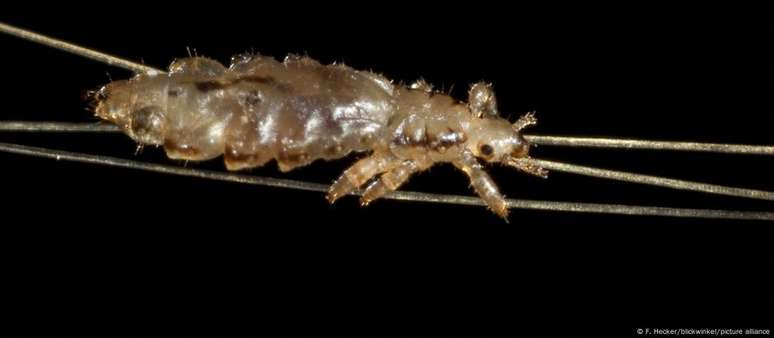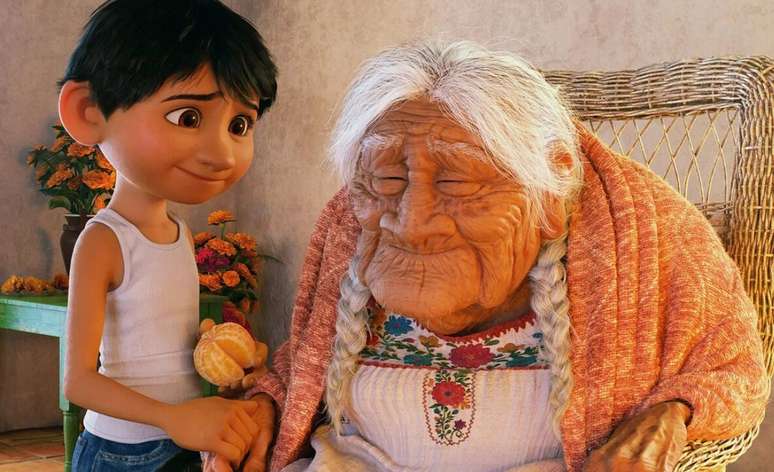It is not always enough to apply specific shampoos to eliminate an infestation. Check out some tips to combat these parasites. Getting rid of lice is not so easy. There are various products in the pharmacy, from special combs to shampoos, but sometimes they are not enough. To put an end to the infestation it is important to understand how these parasites live, spread and survive in the heads.
Tiny, about the size of a sesame seed, lice feed on the blood of the scalp. When they suck blood, they release saliva that can cause an allergic reaction and an itchy sensation. Their life cycle is 30 days.
Females can lay up to eight eggs per day. Lice crawl and cannot jump or fly.
Unlike lice that settle on other parts of the body, head lice are not dangerous and do not transmit diseases.
How are lice transmitted?
Lice are transmitted by direct contact, they crawl from one head to another. It can also occur through contact with infected objects, such as scarves, combs, towels, hair bands, pillows, sheets and coats.
“If they fall from a person’s head, they can survive for 48 hours on a surface without food. As soon as someone enters the room, they approach the person to feed,” explains Rosario Melero, a specialist in medical parasitology at the iO Foundation in Madrid, Spain.
Can lice survive in water?
Yes, lice can survive for several hours in water. In fact, they can even be found in swimming pools. “The body of lice allows them to float,” Melero explains, adding that “they find it much easier to cling to the head” when the hair is wet.
Who is most at risk of getting head lice?
Children are at the highest risk of contracting lice. “Children don’t have hormonal changes,” Melero points out, adding that these pests like that. They also have thinner skin than adults, which makes them easier to bite.
“Maximum performance with minimum effort,” adds Melero. “Children facilitate contagion by having much closer contact with each other, putting their heads together at school or while playing, unlike adults.”
Yael Adler, a dermatologist in Berlin, explains that girls, who generally have longer hair than boys, are more likely to get lice. “Lice have an easier time moving from strand to strand when your hair is long.”
Similarly, in families, mothers are more likely to get lice from their children. “Mom’s are usually the ones who pick lice off of kids who have long hair,” Melero adds. But that goes for anyone with long hair.
Does washing your hair more often help?
No. Melero claims that it actually helps lice, as clean hair makes it easier to access the scalp.
Why is it so difficult to get rid of lice?
One of the main problems is identifying lice and their eggs, because if they aren’t found, the infected person may think everything is fine. “There could just be a louse on the scalp that you can’t detect. Especially on dark hair. If the louse is laying eggs, they will lay them behind the ears and they are so small that they can be mistaken for dandruff,” Adler explains.
Melero says it would be helpful if there was more of a culture of prevention, as there is with mosquitoes and malaria. “There are repellents you can apply to your head to prevent lice from biting or laying eggs. It’s also important to use a fine-toothed comb several days after the last time lice were seen on your head, to eliminate hidden eggs,” he advises.
What to do in case of infestation?
The most common treatment is lice shampoos. They need to be applied several times to kill all the parasites. But they are less effective against eggs, called nits. It also helps to use silicone oil, soaking the hair and scalp.
“After 10 minutes, all the lice will be dead and you can remove them with a nit comb. The whole process should be repeated after eight days if there are still nits. It is also recommended that the rest of the family receive the same treatment to prevent any transmission,” explains Adler.
Clothes that have come into contact with lice should be washed at 60°C. Place clothes that cannot be washed at high temperatures in the freezer for several hours or in a sealed bag for a few days.
And always consult a doctor or pediatrician.
Source: Terra
Rose James is a Gossipify movie and series reviewer known for her in-depth analysis and unique perspective on the latest releases. With a background in film studies, she provides engaging and informative reviews, and keeps readers up to date with industry trends and emerging talents.







